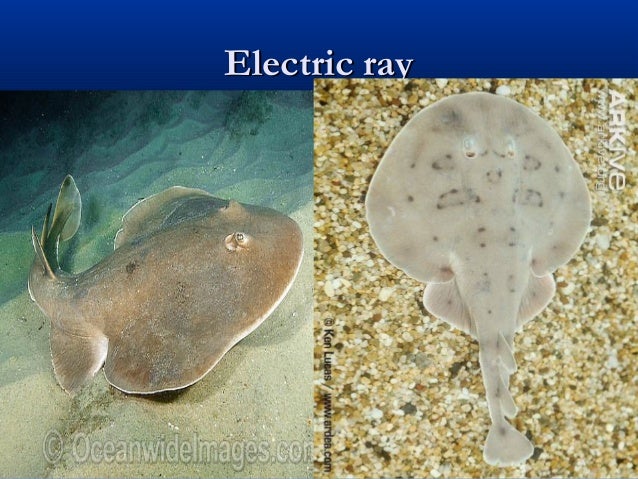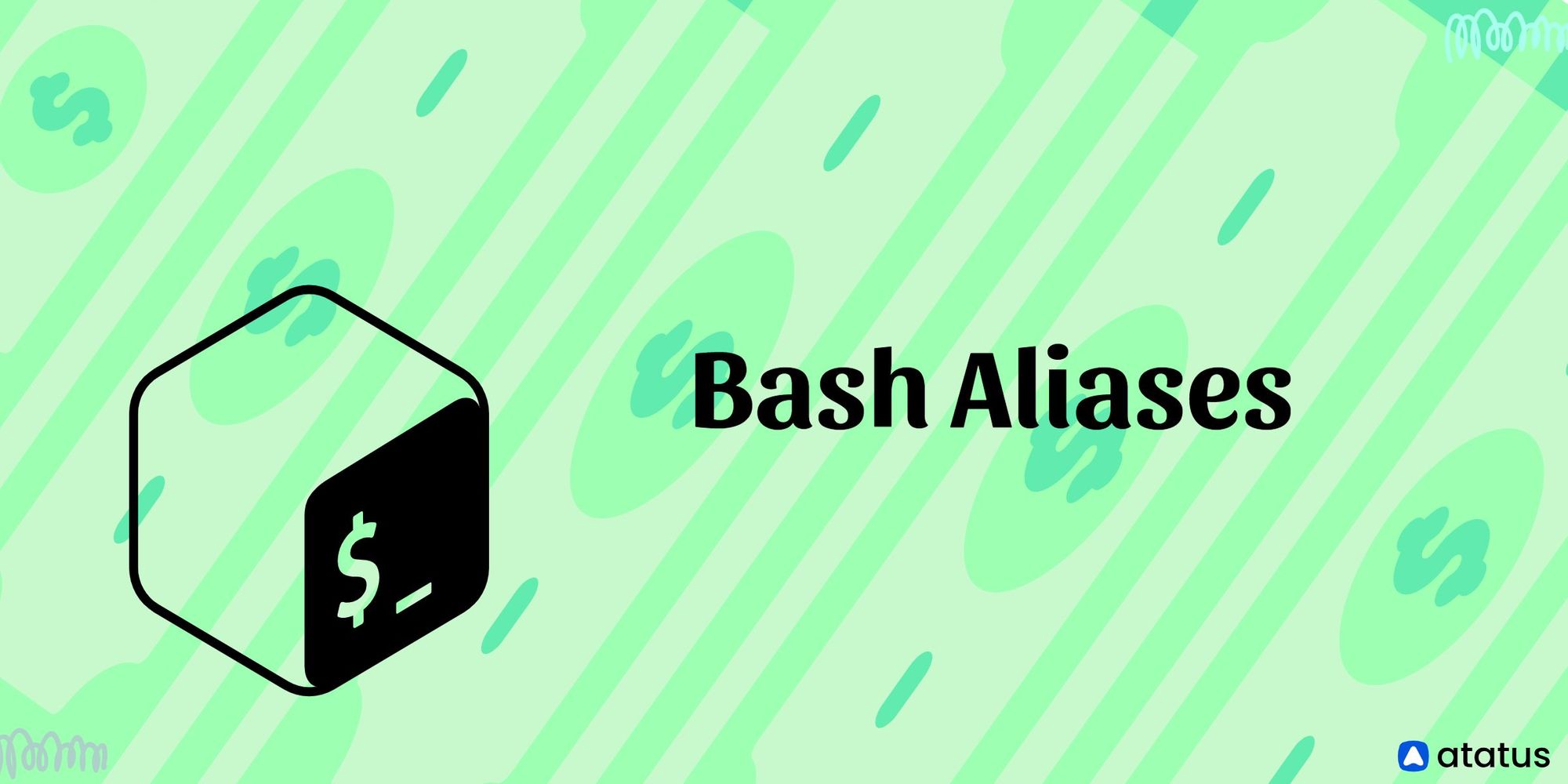

These commands overlap in functionality, but also possess unique features. Similar to the type, builtin and functions builtins previously introduced, *nix systems often include one or more shell-agnostic alternatives, e.g., which, apropos, whatis, etc. You can modify, prepend or append to this variable yourself, e.g., in ~/.config/fish/config.fish. The $PATH variable is created at the start of the fish process during the environment initialization.

Use k and j to navigate the list down / up, and q to exit. If the list is truncated, use: ls $PATH | column | less Or list every command in your system and display them in columns. This variable contains a list of paths, and every binary file inside any of those paths can be run by their name. Fish will use the builtin pager which you can browse and select the command interactively.įish knows what commands are available by looking at the $PATH environment variable. Or, start typing the command you are looking for, and press tab. To run a command type the name of the command and press return. Show me how! set -l cwd ( pwd ) echo "The current working directory is $cwd " # VersusĮcho "The current working directory is $PWD " How do I find and run commands in fish? For scripting, $PWD is a function call less expensive. This means that, if you are inside a directory that is a symbolic reference to another, you still get the path to the real directory. In fish, both $PWD and pwd always resolve symbolic links. echo $PWDĪnother way to find out the current directory is via the pwd builtin. You can find out where you are via the read-only environment variable $PWD. See How do I create my own prompt in fish? How do I find my current location in fish? You don't like these conventions? Create your own prompt the way you want it. The greater-than symbol > indicates the end of the prompt. As of fish >=2.3, you can customize the length of the abbreviated path. I like abbreviated paths, so only C is actually shown. At a glance, I can see the current directory is under the home directory, inside Code/fish-shell. The forward slash / is the path delimiter. You can learn to customize your prompt to show only what matters to you. The is an arbitrary character I like to use to separate my username jb and my computer's name mbp. The tilde ~ is a short way to show the home directory, rather than /users/jb/home, /Users/jb, etc. Maybe it looks like this: ~/C/fish-shell> The prompt is where you type commands and interact with fish. What's a prompt and what are all these ugly characters? The best way to learn fish is to dive in the official documentation and tutorial. usr/local/bin/ fish Getting started How do I learn fish? echo /usr/local/bin/ fish | sudo tee -a /etc/shellsĬhsh -s /usr/local/bin/ fish How do I find out where fish is installed? usr/local/bin, you can make it your default login shell. Once you have installed fish and it's somewhere in your $PATH, e.g.
FISH SHELL ALIASES INSTALL
Ubuntu sudo apt-add-repository ppa:fish-shell/release-2įrom source sudo apt-get -y install git gettext automake autoconf ncurses-dev build-essential libncurses5-dev
FISH SHELL ALIASES UPDATE
macOS with homebrew brew update & brew install fishĪpt-key add - > /etc/apt//fish.list You can find directions in the official website or follow the instructions provided here for your OS. How do I wait for a background process in fish?.How do I synchronize two or more background tasks in fish?.How do I check if background jobs are running in fish?.How do I run a command in the background in fish?.How do I redirect stdout or stderr to a file in fish?.How do I parse command line arguments in fish?.How do I access the arguments passed to a function in fish?.How do I check if a function exists in fish?.How do I list the functions defined in fish?.

What's the difference between functions, builtins and commands in fish?.How do I show the definition of a function in fish?.Can I define more than one function in a file?.Should function names and file names match?.How do I create a private function in fish?.How do I check if a path exists in the $PATH in fish?.



 0 kommentar(er)
0 kommentar(er)
